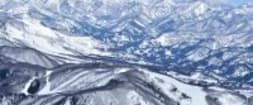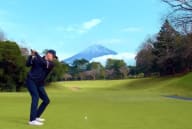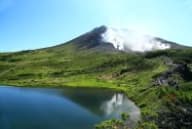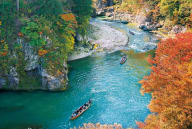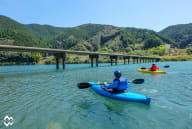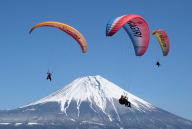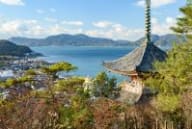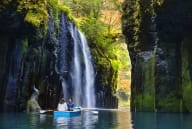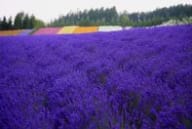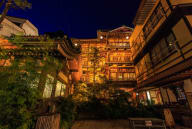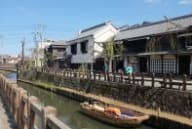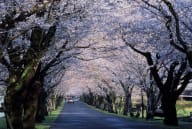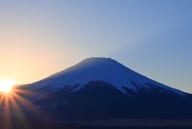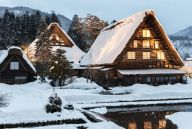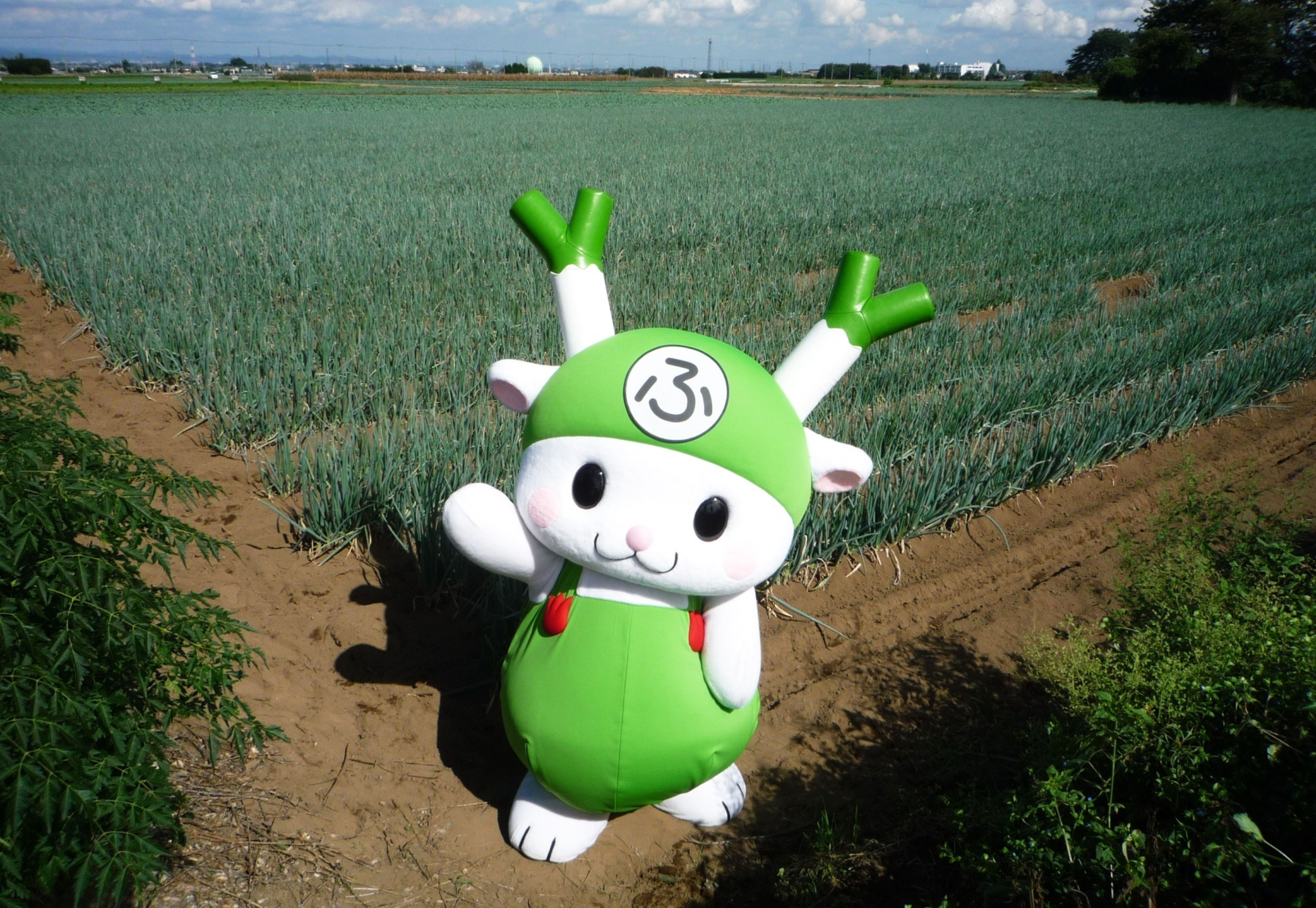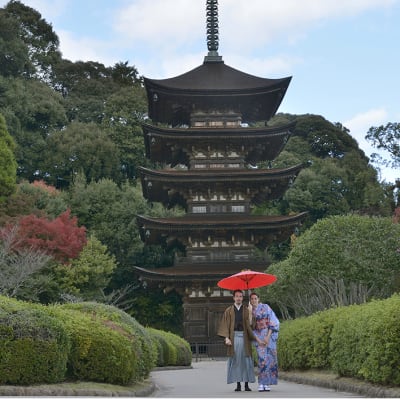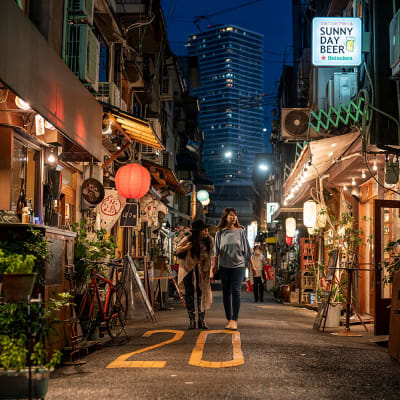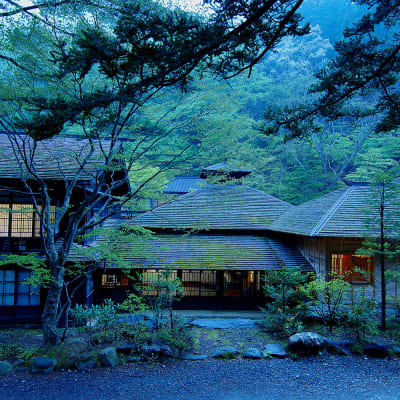HOME > Japan’s Local Treasures > The Golden Trail on Sado Island
Get to know the gold mines, history, and nature of Sado Island by exploring an ancient highway in Niigata Prefecture
Niigata Prefecture
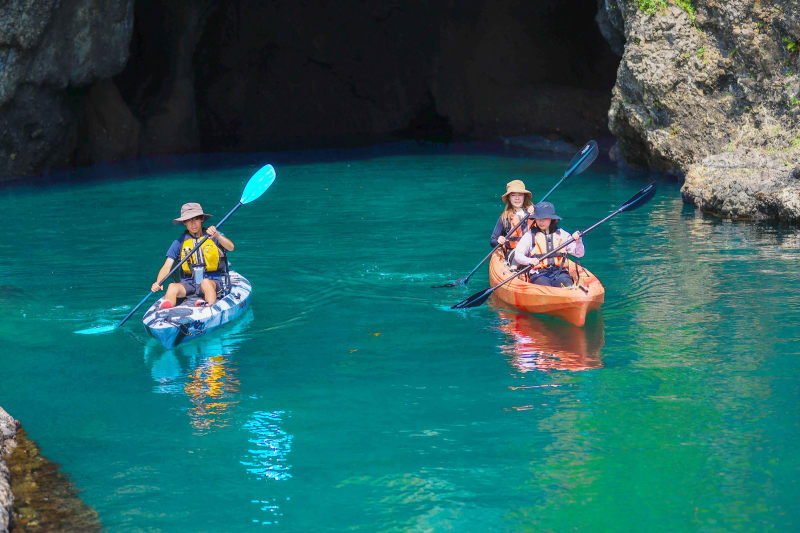
Sado Island in Niigata Prefecture, located in the northwest of Japan’s main island of Honshu, was formed by tectonic movements that began 3 million years ago.
It is the largest island in the Sea of Japan, with an area of about 850 square kilometers. In the past, Sado was a major producer of gold and silver, supporting the finances of the Tokugawa shogunate throughout the Edo Period (1603–1867).
The gold and silver mines turned Sado into a bustling mining town with a population of 50,000 people, ranking alongside some of the largest cities in Japan at the time. When the shogunate developed the Sado gold and silver mines, the Mikuni Kaido was highway was also established to connect Sado with the capital, allowing the precious metals to be transported and for lords and magistrates to travel with greater ease.
Explore Sado Island, with its dramatic topography and endemic species, while following the ancient roads that once brought coffers of gold to the shoguns. See lush terraced rice fields, go cycling and walking, and refuel with local dishes made from the bounty of the surrounding ocean, accompanied by award-winning sake produced on the island.
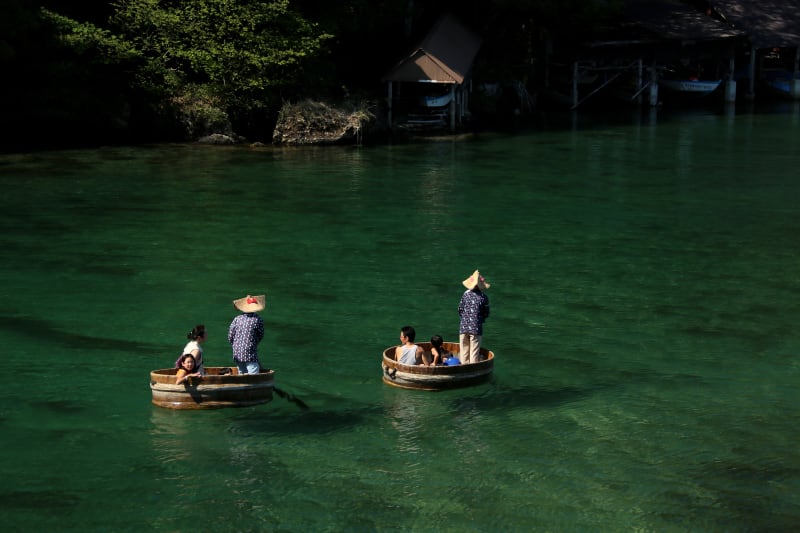
How to get there
From Tokyo Station, take the Joetsu Shinkansen to Niigata Station (about 1 hour and 30 minutes), then take the bus to Niigata Port (about 20 minutes). For the fastest arrival, board a jetfoil ferry bound for Ryotsu Port on Sado Island (1 hour and 10 minutes).
Sado-shi, Niigata-ken












